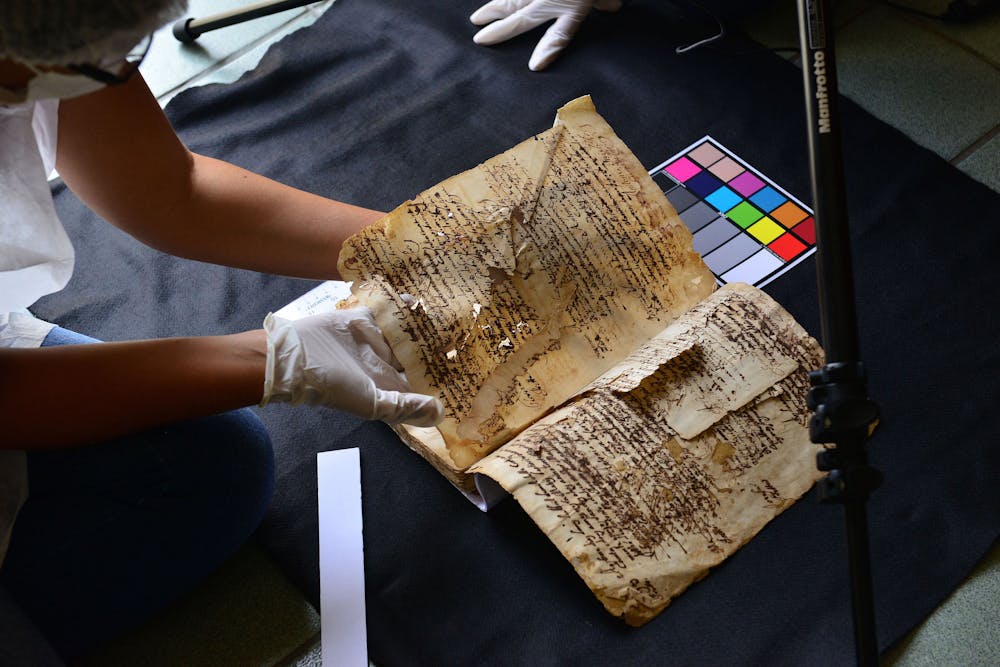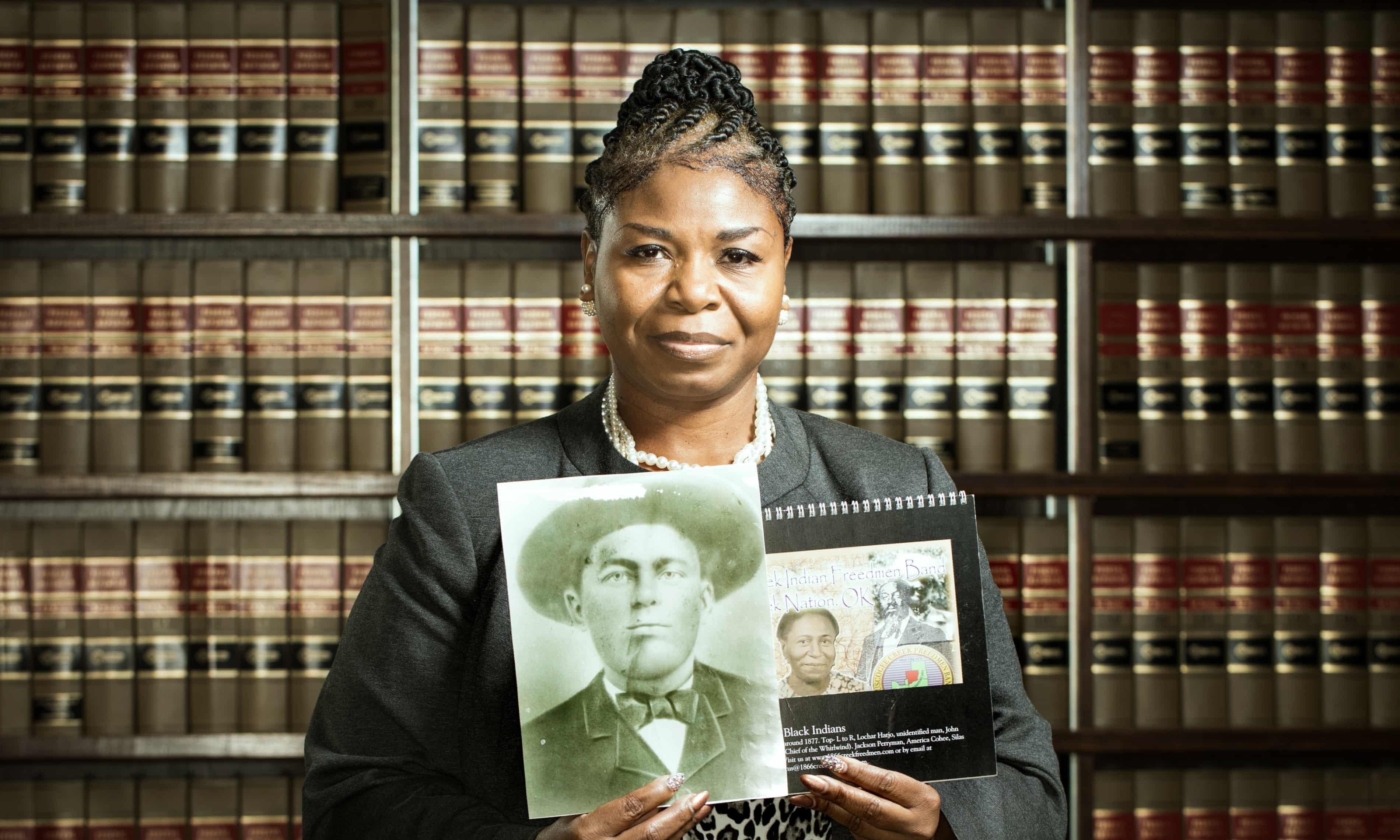Partus sequitur ventrem: Law, Race, and Reproduction in Colonial Slavery
Small Axe: A Caribbean Journal of Criticism
Volume 22, Number 1 (55) (2018-03-01)
pages 1-17
DOI: 10.1215/07990537-4378888
Jennifer L. Morgan, Professor Of Social And Cultural Analysis & History
New York University
/1/m_ddsmx_22_1_55_cover.png?Expires=1546749584&Signature=OzuKx9cYSIs5e~~A83v-92MMVrVp3FLzN3fSkmShk6Sr6r8G9G-8pVxN~DmWMiLyl~Y5scVkjZyWwopNVRYc9A8oN5SAXBwYH~ZxMvu~76jxZ-2UZyMI7OxfuSiNUXO1do~GE4nJ7FYpod9Jt4XCtPyR54WbBTeVdkTa7qV29vrlk6~8cwqYetwKaB5RhWm14u0J5AJxaXyWAAwTwuZwwASOz3jasCrF~L0kNjbA4vSYzrT7ExgqAedKwNstwZ66f1oh4uTcP1EKW7GvpymsTmq6VC~ERE3RRBJcbPHKuGlsqZWI2wXFPghHoyVdkAiTpWWGXSlMG6Fbm0BSQClJGg__&Key-Pair-Id=APKAIE5G5CRDK6RD3PGA)
From the moment of its introduction into the Atlantic world, hereditary racial slavery depended on an understanding that enslaved women’s reproductive lives would be tethered to the institution of slavery. At the same time, few colonial slave codes explicitly defined the status of these children. This essay explores English slave codes regarding reproduction under slavery alongside the experience of reproduction to suggest that legislative silences are not the final word on race and reproduction. The presumption that their children would also be enslaved produced a visceral understanding of early modern racial formations for enslaved women. Using a seventeenth-century Virginia slave code as its anchor, this essay explores the explicit and implicit consequences of slaveowners’ efforts to control enslaved women’s reproductive lives.
Whereas some doubts have arisen whether children got by any Englishman upon a negro woman shall be slave or free, Be it therefore enacted and declared by this present grand assembly, that all children borne in this country shall be held bond or free only according to the condition of the mother—Partus Sequitur Ventrem. And that if any Christian shall commit fornication with a negro man or woman, hee or shee soe offending shall pay double the fines imposed by the former act. —Laws of Virginia, 1662 Act XII; Latin added by William Henig, The Statutes at Large, 1819
Atlantic slavery rested upon a notion of heritability. It thus relied on a reproductive logic that was inseparable from the explanatory power of race. As a result, women and their experiences of enslavement shed critical light on what it meant to be enslaved or free in the early modern Atlantic world. Regardless of the rate of reproduction among the enslaved—which remained low in all early American slave societies—the ideological solidity of those slave societies needed reproducing women. Building a system of racial slavery on the notion of heritability did not require the presence of natural population growth among the enslaved, but it did require a clear understanding that enslaved women gave birth to enslaved children. Resituating heritability was key in the practice of an enslavement that systematically alienated the enslaved from their kin and their lineage. Enslaved people had to be understood as dispossessed, outside of the normal networks of family and community, to justify the practice of mass enslavement.
As this essay will argue, enslaved women’s maternal possibilities became a crucial vehicle by which racial meaning was concretized—and it did so long before legislators indexed such possibilities into law. Further, by centering the women whose reproductive lives were at issue, I argue that enslaved people best understood the theory and praxis of racial slavery. The violence done when economic structures supersede kinship, and when enslaveability displaces maternity, is longstanding. There are moments when recognition of that agony of dispossession becomes clear.1 So rather than an inquiry into legal history, here I argue that in the sixteenth- and seventeenth-century English Atlantic world, women navigated the dawning recognition that their reproductive lives would be the evidence of racialized dispossession. Enslaved mothers were enmeshed in the foundational metalanguages of early modern Atlantic ideas of slavery, freedom, and racial colonialism.2…
Read the entire article in PDF or HTML format.
/1/m_ddsmx_22_1_55_cover.png?Expires=1546749584&Signature=OzuKx9cYSIs5e~~A83v-92MMVrVp3FLzN3fSkmShk6Sr6r8G9G-8pVxN~DmWMiLyl~Y5scVkjZyWwopNVRYc9A8oN5SAXBwYH~ZxMvu~76jxZ-2UZyMI7OxfuSiNUXO1do~GE4nJ7FYpod9Jt4XCtPyR54WbBTeVdkTa7qV29vrlk6~8cwqYetwKaB5RhWm14u0J5AJxaXyWAAwTwuZwwASOz3jasCrF~L0kNjbA4vSYzrT7ExgqAedKwNstwZ66f1oh4uTcP1EKW7GvpymsTmq6VC~ERE3RRBJcbPHKuGlsqZWI2wXFPghHoyVdkAiTpWWGXSlMG6Fbm0BSQClJGg__&Key-Pair-Id=APKAIE5G5CRDK6RD3PGA)





